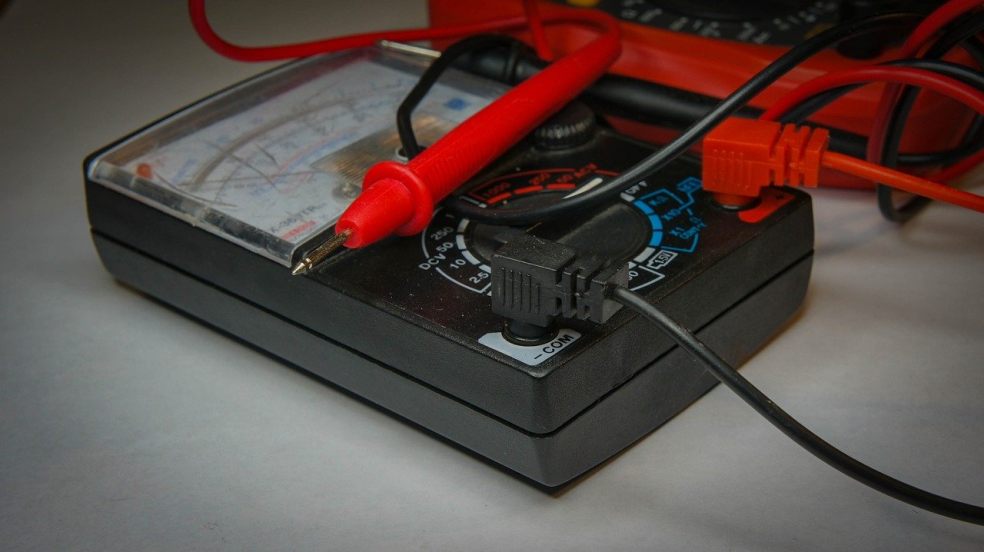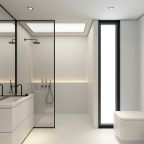
Navigate the complex world of landlords' inspection schedules
It goes without saying that landlords have a lot of responsibility. As well as looking after their tenants and ensuring the homes they lease out are habitable, landlords also have numerous legal responsibilities. Namely, landlords must comply with BS 7671, the national standard for electrical installations.
In order to do so, they must carry out periodic inspections during each tenancy, to ensure their property, or properties, are safe. Electrical faults lead to 200,000 accidental household fires each year in the UK. This shocking statistic reveals just how important landlord inspection schedules are.
If you worry over the policies regarding faulty electrics, please check out this policy guide by experts from Health and Safety Executive.
Here, we run through the basics of periodic inspections, including legal obligations.
What is a Landlord’s Inspection Schedule?
Landlord inspections should cover everything from Electrical Installation Condition Reports, to PAT Testing and general repair works, ensuring the property being leased out is safe and habitable. Landlord inspections should generally be conducted every four to six months. These inspections will allow you to identify any maintenance issues and ensure your building is compliant with government regulations.
Carrying out Inspections
When you rent out a property, you have a right to inspect it at regular intervals. Under the Landlord and Tenant Act 1985, landlords have the right to enter the property to complete important inspections, including including Electrical Installation Condition Reports (EICR).
However, landlords must conduct these inspections at reasonable times and provide their tenants with at least 24 hours’ notice. Generally, landlords must also provide their tenants with a copy of any inspection certificates. These documents can be used as evidence during any tenancy disputes that might arise and will provide your tenants with peace of mind that the building they are occupying is habitable.
Legal Obligations
Landlords must understand their legal obligations when it comes to periodic inspections and electrical safety. In June 2020, new Government regulations came into force, making it mandatory for landlords within the private rented sector to have their electrical installations tested by a qualified engineer at least every five years.
However, more frequent testing is necessary for older buildings, or those considered high risk. Buildings of high risk include those that are at least 18 meters in height or have seven floors or more.
Landlords must:
- Ensure the electrical installations within their properties are safe
- Ensure any electrical appliances provided are working as they should
- Maintain the safety of gas installations within the property
- Ensure any furniture provided is fire safe
These rules apply to all properties within the rental sector, including terraced houses, single homes, flats and Houses of Multiple Occupancy. Under the Electrical Safety Standards in the Private Rented Sector (England) Regulations 2020, landlords have 28 days to complete any electrical repair works following an inspection.
General Visits
As a landlord, it’s important to ensure your tenants are looking after the property and that any maintenance is completed quickly and proficiently. By visiting around twice a year during the tenancy, you’ll be able to fix any issues around the home, identify any areas of concern and generally ensure the building is in good condition. You’ll also be able to ensure the house isn’t being sublet, and that your tenants aren’t doing anything that might cause injury or fire, such as overloading power sockets, which could affect your insurance.
Electrical Installation Condition Reports
An EICR, or Electrical Installation Condition Report, allows you to gain a better understanding of the electrical installations within your property. EICRs must be carried out by a qualified engineer, who will examine everything from distribution boards to cabling, to ensure electrical safety and compliance. It is now mandatory for all landlords within the private rented sector to have their electrical installations tested every five years.
PAT Testing
Portable Appliance Testing, or PAT Testing, should be carried out to ensure the appliances provided as part of a tenancy are safe to use. During a PAT test, a visual inspection will be carried out, before the appliance is tested using the appropriate equipment.
All handheld electrical appliances should be tested, including portable or movable items, corded power tools and multi-way adaptors. This includes such items as kettles, vacuum cleaners, televisions and microwaves.
If an appliance causes injury or fire, and you cannot show a proper record of safety checks being conducted, you may be found liable. Legally speaking, you are responsible for the maintenance of all supplied appliances and PAT Testing should be completed once a year.













